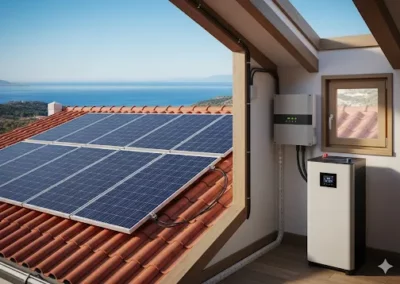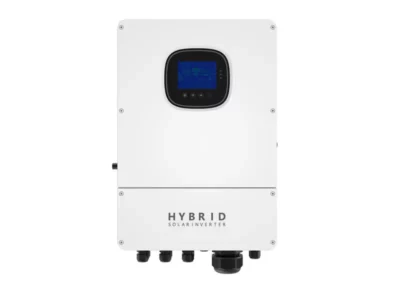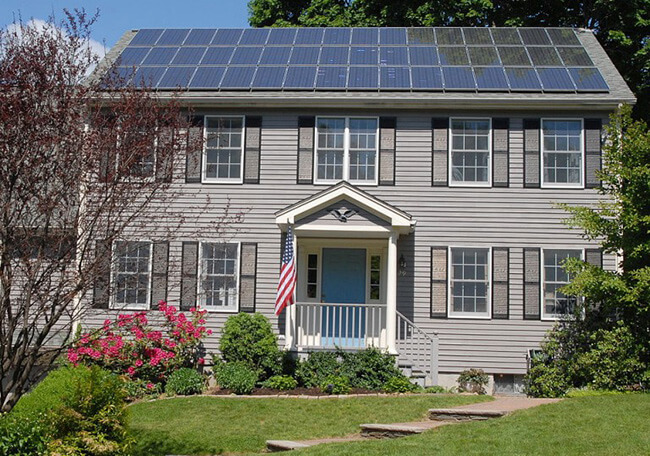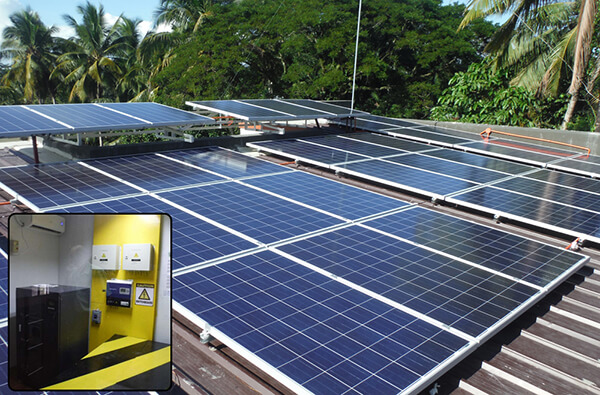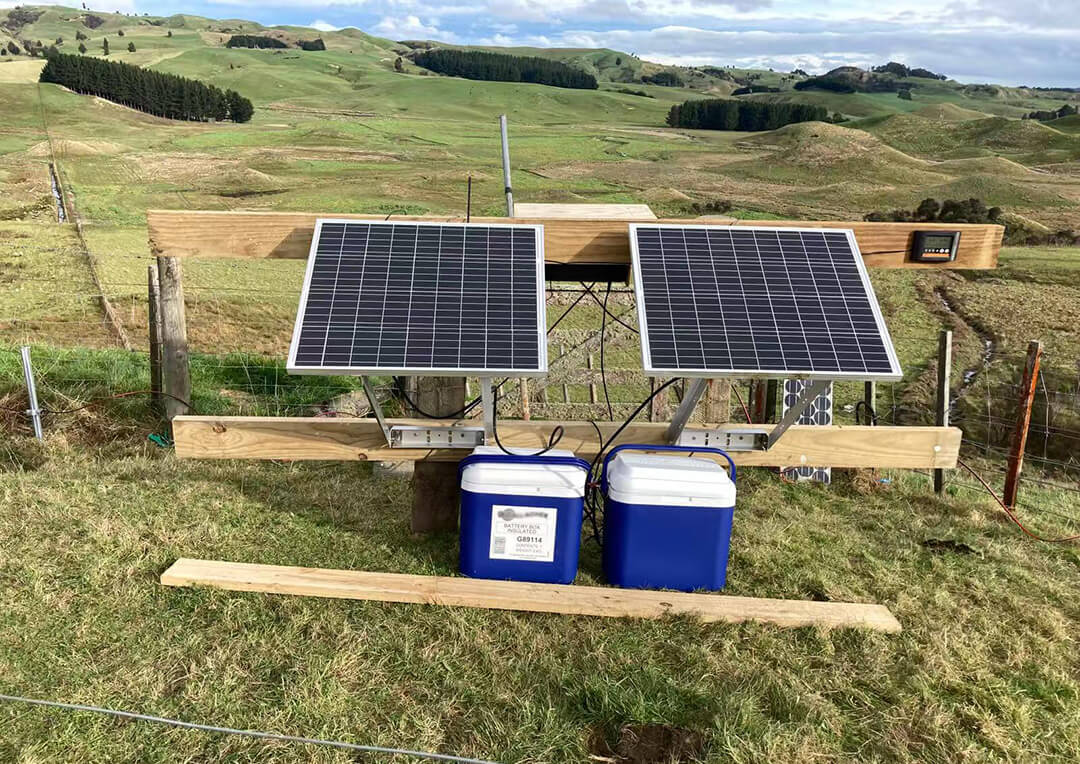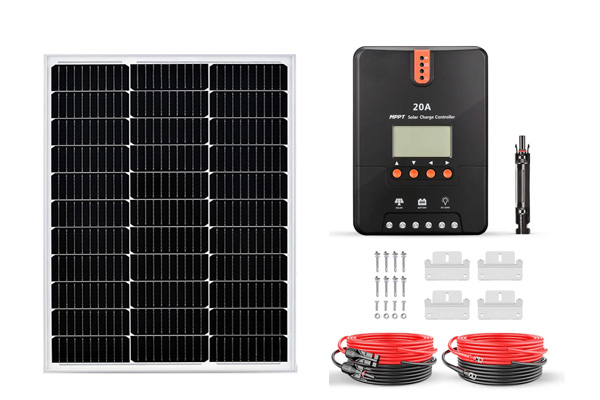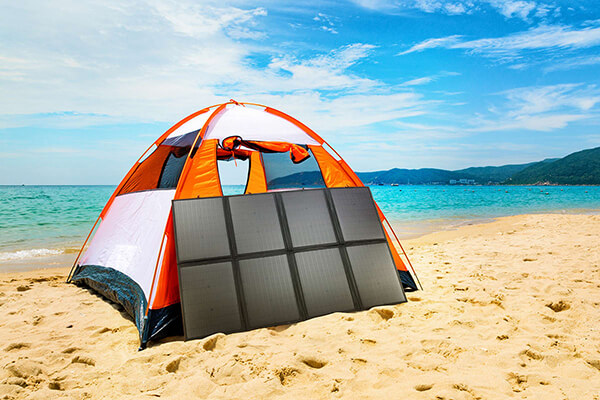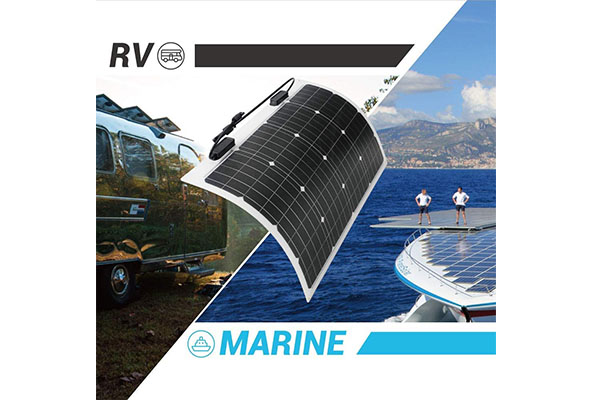XRSOLAR SOLAR Inverter
Maximizing Your Solar Output: The Critical Role of a PV InverterXRSOLAR SOLAR INVERTER
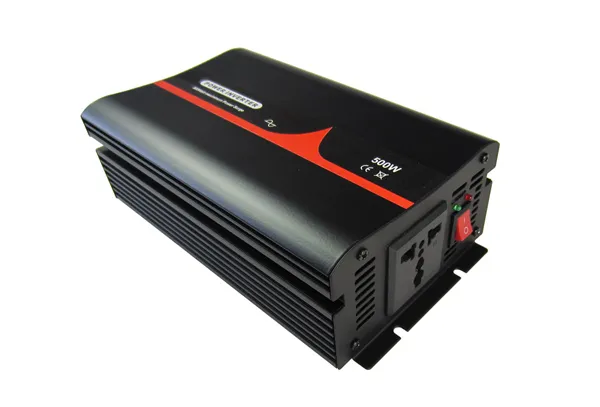
RV Inverter
RV Inverter is to convert the DC electricity generated by your solar panels (and stored in your RV’s batteries) into AC electricity, like laptops, TVs, microwaves, coffee makers use.
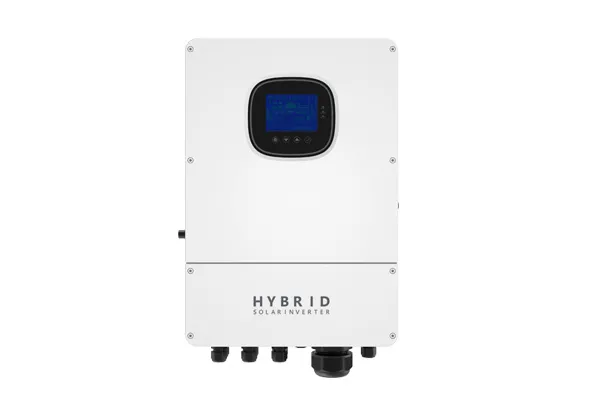
Hybrid Inverter
Hybrid solar inverter, also known as a multi-mode inverter, is a sophisticated device that combines the functionalities of a traditional grid-tied solar inverter with a battery inverter.
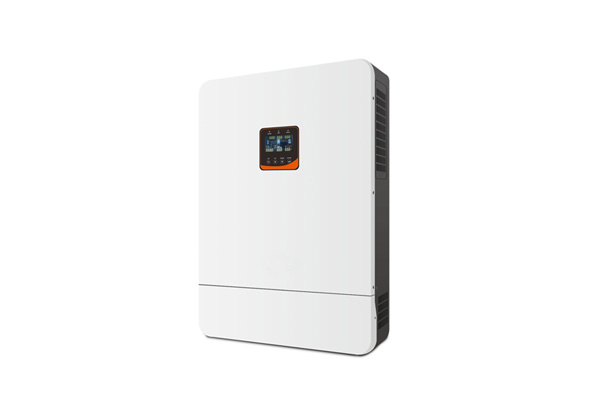
Off-Grid Inverter
An off-grid solar inverter is not connected to the utility electricity grid. Complete Energy Independence: Freedom from utility bills and grid outages.
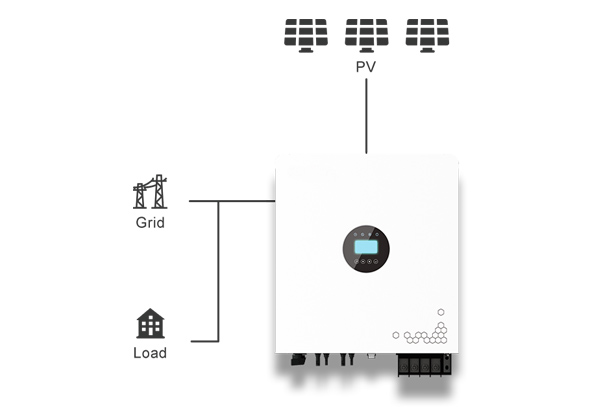
Grid-Tied Inverter
A grid-tied inverter ( a grid-connect or on-grid inverter) is the most common type of inverter used in residential and commercial solar power systems that are connected to the public electricity grid.
WHAT IS A BASIC SOLAR SYSTEM?
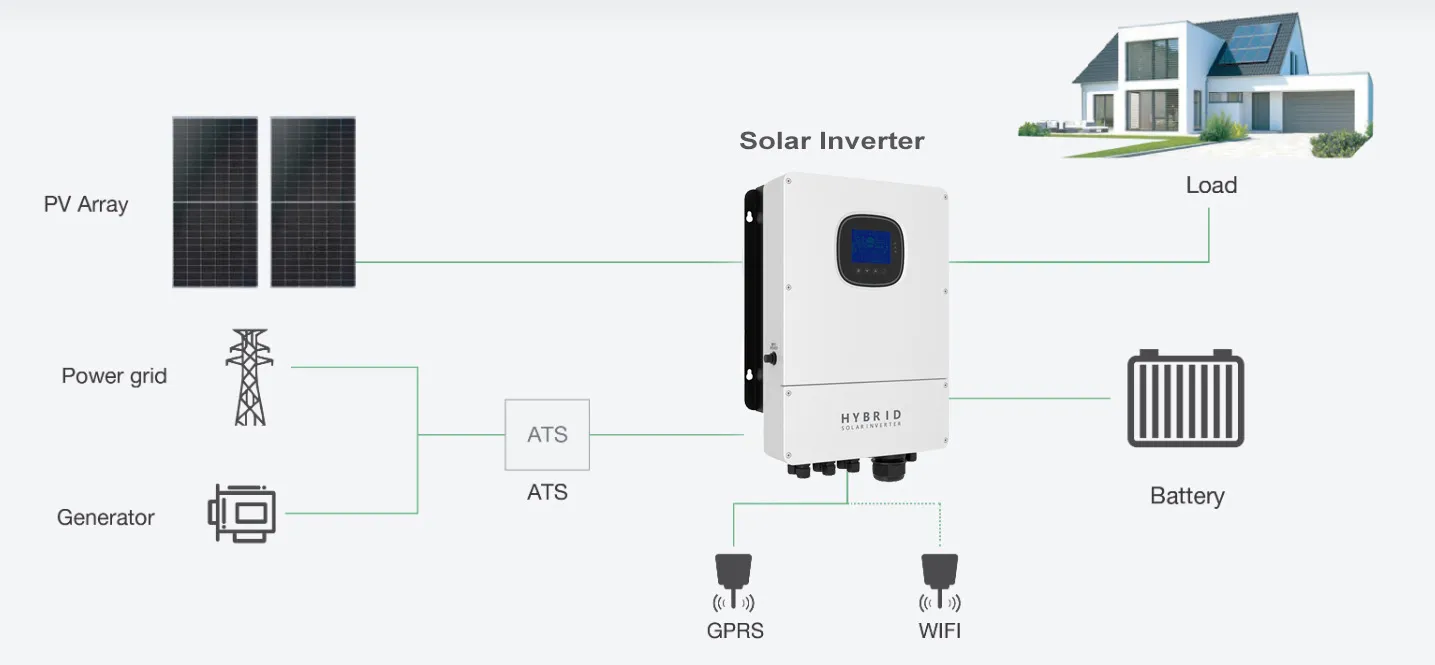
Application of Solar Inverter
Home & Residential Kits
Find the perfect residential solar panel kit: grid-tied, off-grid, or battery backup. Our home solar systems offer reliable power & savings.
Hybrid Solar System
Enjoy energy independence, backup power during outages, and lower utility bills. Get the best of grid-tied & off-grid.
Off-Grid Solar System
Complete off-grid solar systems for ultimate energy independence. Power your home, cabin, or RV without utility bills or blackouts.
Frequently Asked Questions (FAQ) of Solar Inverter
1. What is a solar inverter and why do I need one?
A solar inverter is the “brain” of your solar power system. Its essential role is to convert the DC (Direct Current) electricity produced by your solar panels into AC (Alternating Current) electricity, which is the standard type of electricity used to power appliances in your home and that the utility grid uses. Without an inverter, the DC power from your panels wouldn’t be usable for most of your electrical needs.
2. What is inverter efficiency and why is it important?
Inverter efficiency is the percentage of DC power from your solar panels that the inverter successfully converts into usable AC power. For example, a 95% efficient inverter means 95% of the DC power is converted, with 5% lost as heat during the conversion process.
Higher efficiency means less wasted energy, leading to more usable electricity for your home and better financial returns on your solar investment. Look for inverters with efficiency ratings of 95% or higher.
3. What are common signs that my solar inverter has a problem?
- Error Messages/Fault Codes: The most direct sign. Refer to your inverter’s manual to decode these. Common codes include “Grid Fault,” “Over Voltage,” “Isolation Fault,” or “Over Temperature.”
- No Power Production or Decreased Energy Output: If your solar monitoring shows significantly reduced or no energy generation, the inverter could be the issue (after checking for obvious shading or dirty panels).
- Unusual Noises: Buzzing, humming, clicking, or grinding sounds (beyond a quiet fan operation) can indicate internal component failure or loose connections.
- Frequent System Shutdowns: If the inverter repeatedly turns off or reboots. This could be due to overheating, grid instability, or internal faults.
- Overheating: The inverter casing feels excessively hot to the touch, or you notice a burning smell. This is a serious issue that needs immediate attention.
- Monitoring App/WiFi Issues: Difficulty connecting to the inverter’s monitoring system.
4. What should I do if my solar inverter shows an error or seems to be malfunctioning?
- Check the Display: Note any error codes or messages.
- Consult Your Manual: Your inverter’s manual will have a troubleshooting section for common errors and reset procedures.
- Perform a Reset: For many issues, turning off the inverter (using the DC and AC disconnects), waiting 5-10 minutes, and then turning it back on can resolve temporary glitches.
- Inspect for Obvious Issues: Check for loose wires or obstructions around cooling vents.
- Monitor Performance: See if the issue persists after a reset.
- Contact Your Installer/Professional: If the error persists, there’s visible damage, unusual smells/sounds, or you’re uncomfortable troubleshooting, always contact a certified solar technician or your original installer. Attempting DIY repairs can be dangerous and may void your warranty.
5. Can my solar system work during a power outage with a grid-tied inverter?
No, generally not. Standard grid-tied inverters have an “anti-islanding” safety feature. This means they will automatically shut down during a power outage to prevent sending electricity back to the grid, which could endanger utility workers repairing the lines. To have backup power during an outage, you’ll need a hybrid inverter with a battery storage system or a dedicated off-grid inverter with batteries.
6. Can I upgrade my existing solar system to include battery storage?
Yes, in many cases. If you have a standard grid-tied system, you can often add battery storage by either:
- Adding a dedicated battery inverter/charger that works alongside your existing solar inverter (AC-coupled system).
- Replacing your current grid-tied inverter with a hybrid inverter that can manage both solar and batteries (DC-coupled or AC-coupled, depending on the hybrid inverter type).
Consult with a solar professional to determine the best approach for your specific system.
About
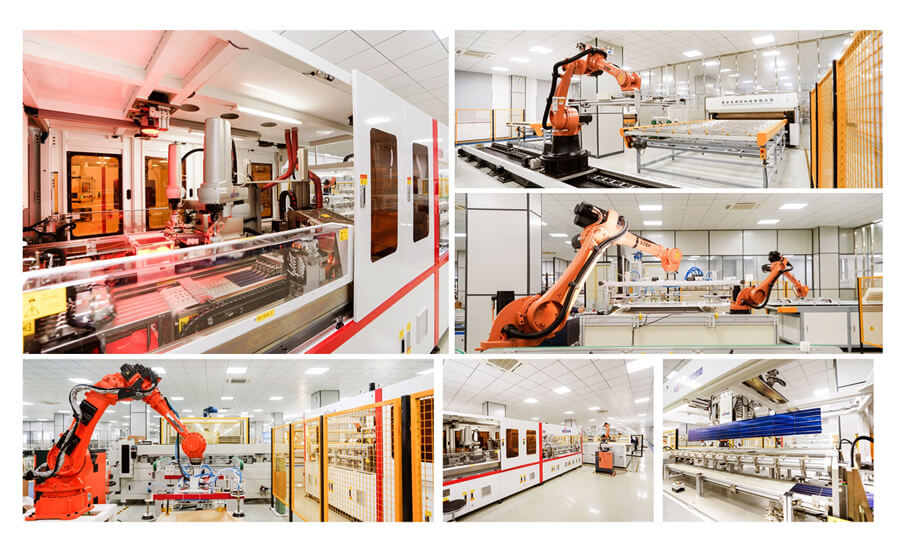
Ningbo Xinrong New Energy Technology Co.,Ltd. is the leader of solar energy products supplier in China, located in Ningbo, Zhejiang Province. Near by Ningbo seaport, convenient transportation to airport, high way station.
Founded in 2006 in Ningbo, Zhejiang, China. Ningbo XRSOLAR is a technology startup specializing in innovative, convenient, eco friendly solar products.
We have 10+ years’ experience specializing in CUSTOMIZED solar panel, portable solar energy bag, semi-flexible solar panel and solar lights with high quality and moderate price.
All solar panels could provide CE&ROHS certification.
OEM&ODEM service acceptable for our customers.


